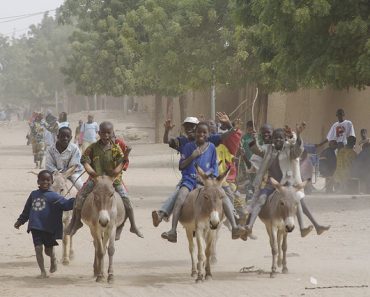The Djemila in Algiers is one of the most popular tourist attractions in Algeria. It is best known for its Berbero-Roman ruins.
 Location
Location
This mountain village is situated close to the northern coast east of the capital. It is in the region close to Petite Kabylie (Basse Kabylie) and Constantinois.
What to See
Several remarkable artifacts have been unearthed. Some of the most important are the two fora and theater. Several houses and streets have also been uncovered. One of the most well preserved is the Harsh forum. This is a big square noted for the splendid arch on the entrance.
There are also areas for commerce and crafts. Archaeologists have also determined there was once a market there.
The baptistry and basilica remains in Djemila in Algiers date from the 4th century. During that time, Christianity became entrenched in the area. Located in the south, they are very popular among tourists.
History
The complex was built in the 1st century AD. It was known as Cuicul. It was designed to be a military garrison. For this reason, it was set on a steep triangular plateau. Set at the meeting point of two rivers, the terrain is noted for its roughness.
The building plan meant two main streets would be built. The forum was then placed in the center. The two main streets were known as Decumanus Maximus and Cardo Maximus. They made up the site’s axes.
In the beginning, the city population was composed entirely of soldiers.
Over time, the city would become an influential trading market. The available evidence shows the city prospered. Its wealth came from farming, cereal, olive trees and agriculture.
In the 3rd century, the city administrators removed some of the ancient ramparts. A new forum was constructed. Bigger and grander buildings were built around it. Due to the terrain, construction of the theater took place on the outer town walls. By the 5th century, the city was slowly abandoned as Rome was collapsing.
Cost
The entrance fee to the site is 20 dinars.
Other Info
What makes the site so important is that it showcases an important point in Roman and North African history. More specifically, it illustrates how Roman urban design was implemented in the site. This is quite remarkable given the area restrictions.
The Djemila in Algiers was declared a UNESCO World Heritage Site in 1982. It was designated as such for its excellent adaptation of the Roman design in a mountainous setting.






